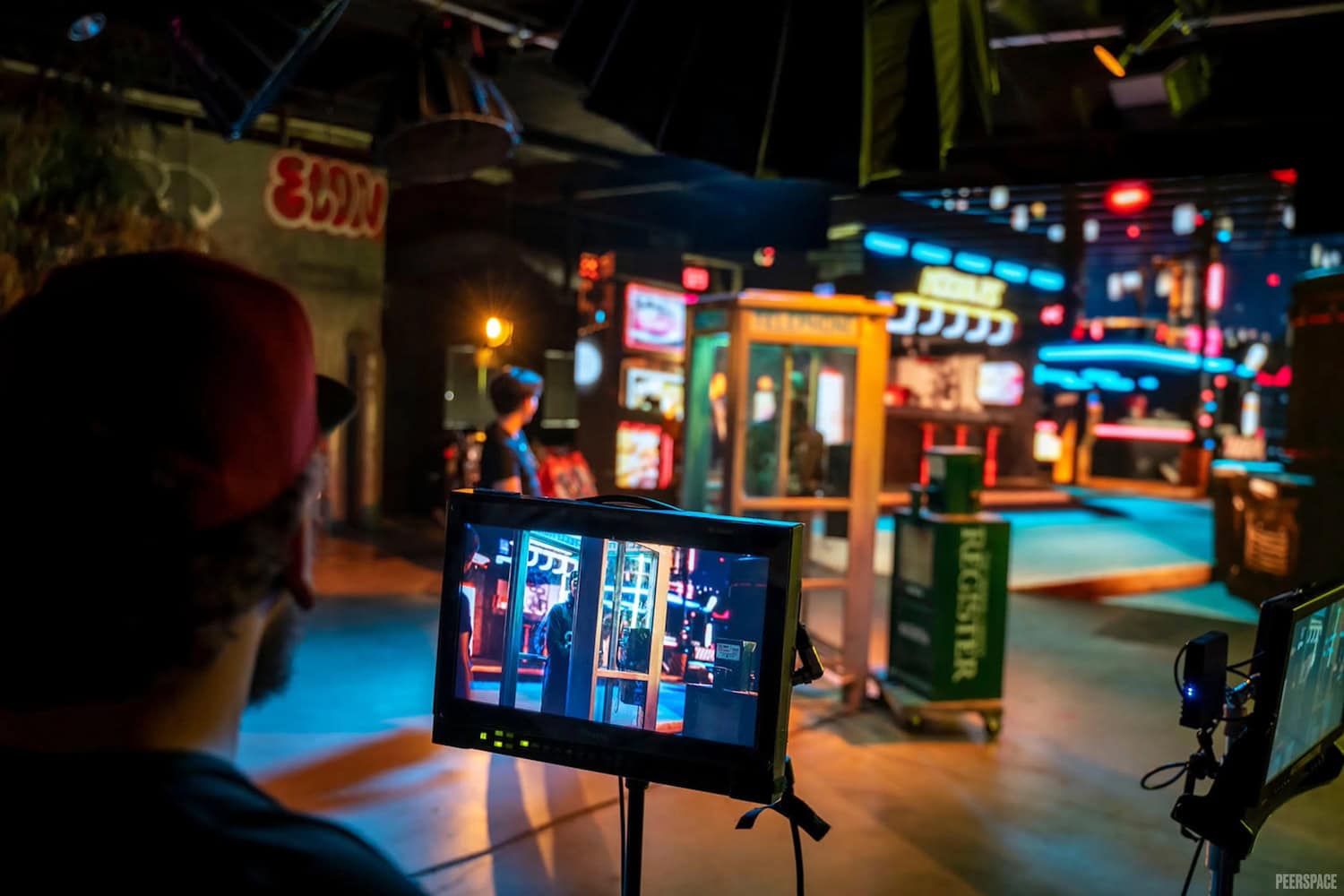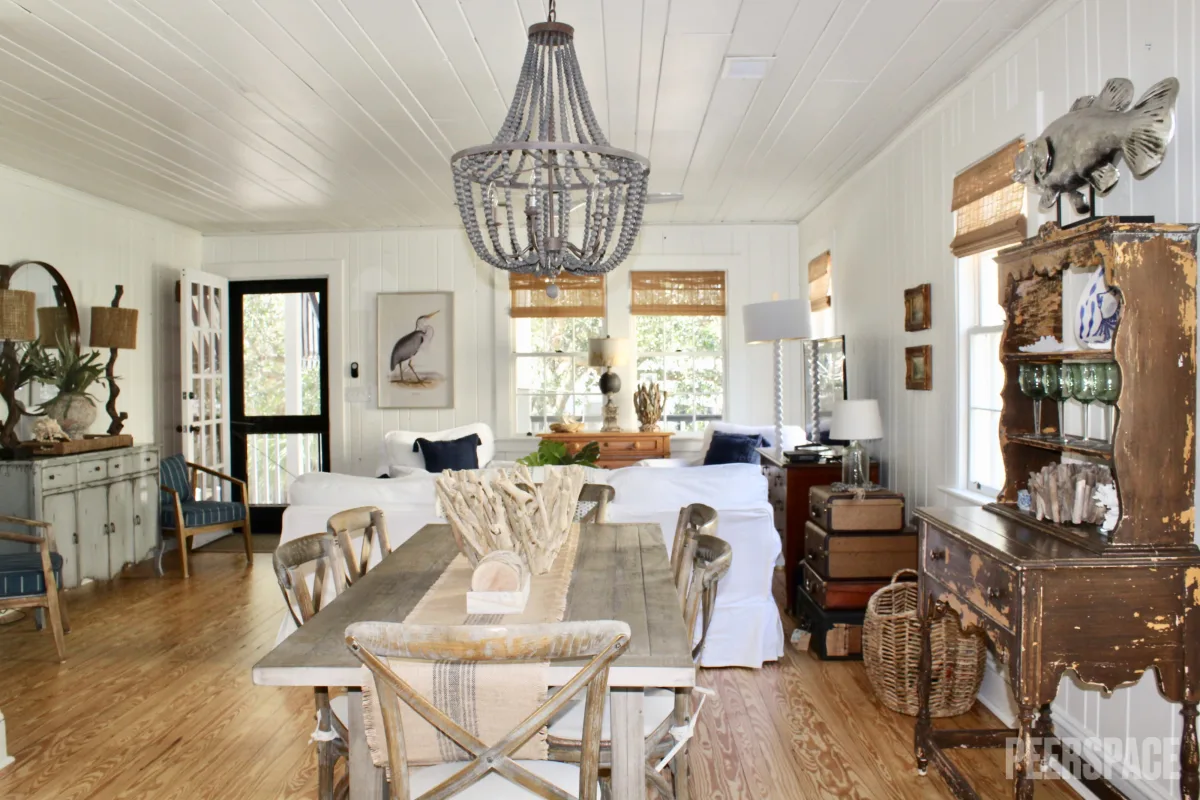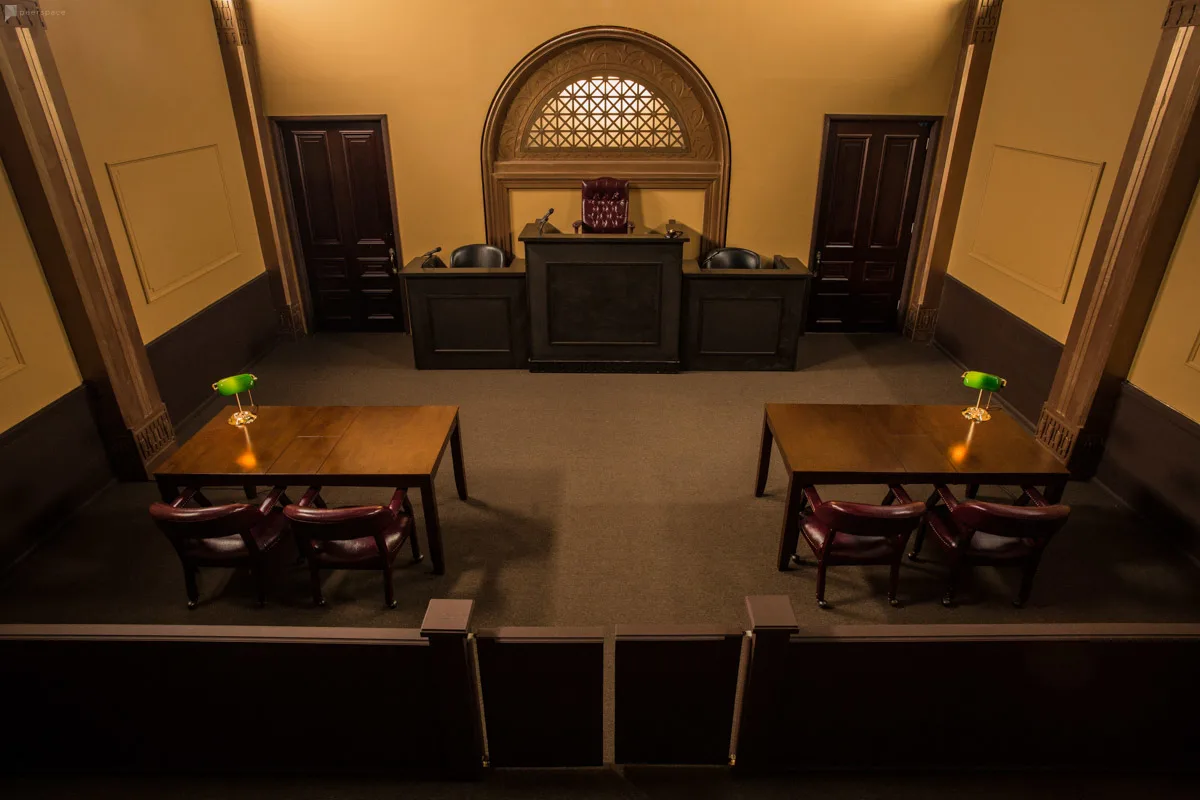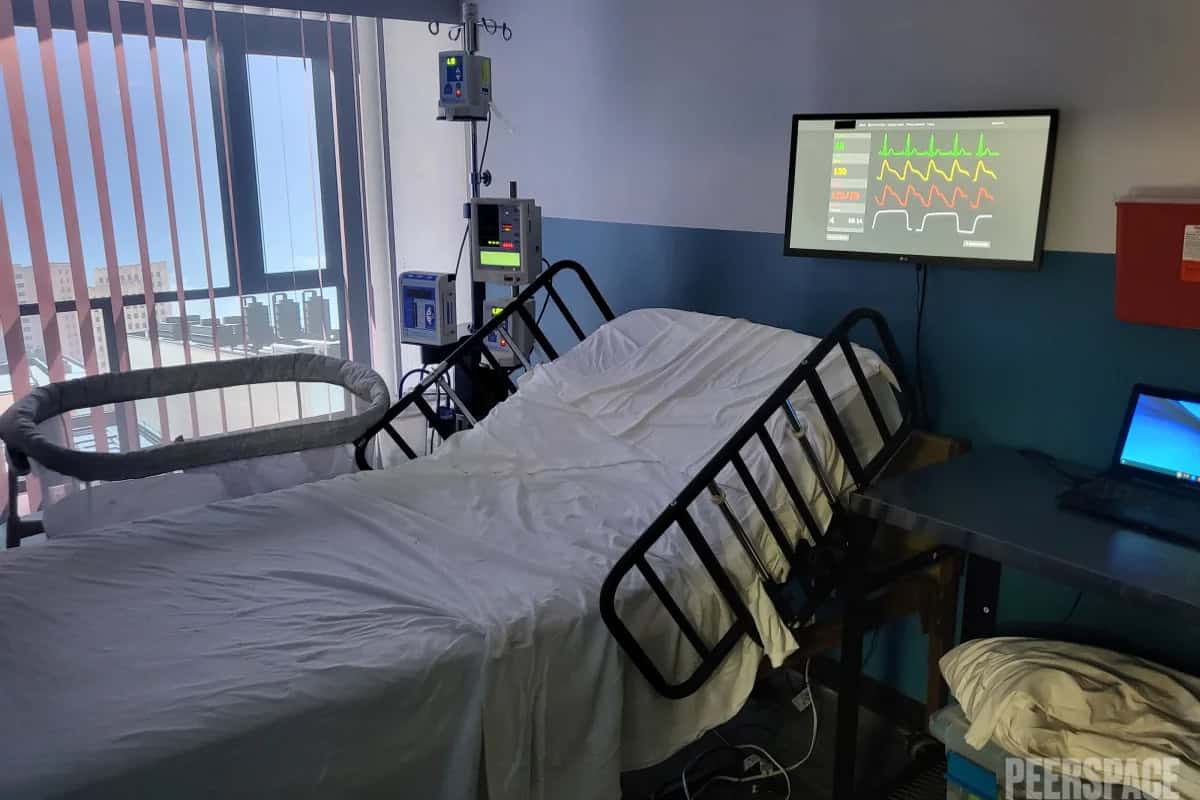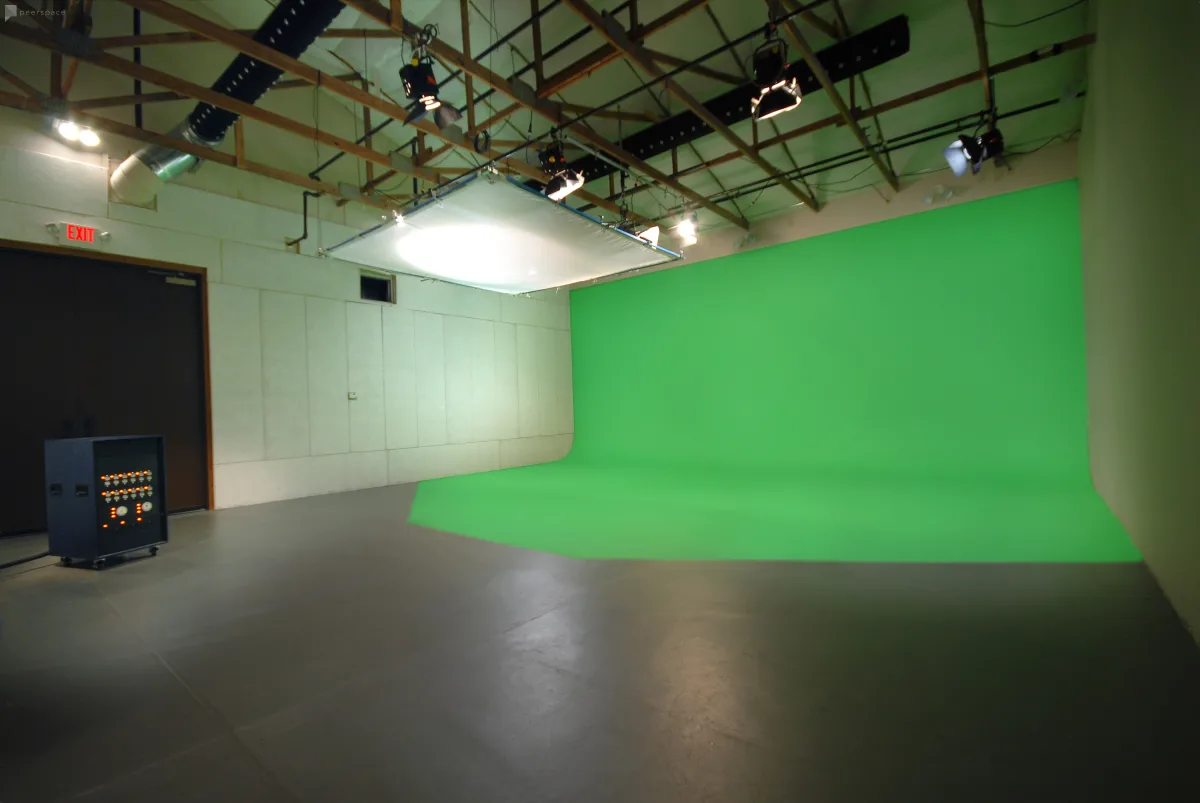Shot lists are like the road maps of film production. Without this necessary tool, your production will be lost. Money may go to waste and time will disappear. And we all know that production budgets have very little wiggle room, to begin with! Therefore, creating effective shot lists is the key to a successful production. While we look forward to diving into this topic with you further, we also want to share another production time and budget saver: Peerspace! As the largest online marketplace for hourly venue rentals, Peerspace provides you with access to thousands of spectacular production venues in cities across the globe. Ahead, we’ll share everything you need to know about shot lists and share photos of real Peerspace production venues. You know, so you know what’s out there!
Let’s get back to our topic at hand. Every filmmaker needs to know how to accurately translate their script to the screen, and you achieve this by first creating comprehensive and concise shot lists.
First of all, what is a shot list?
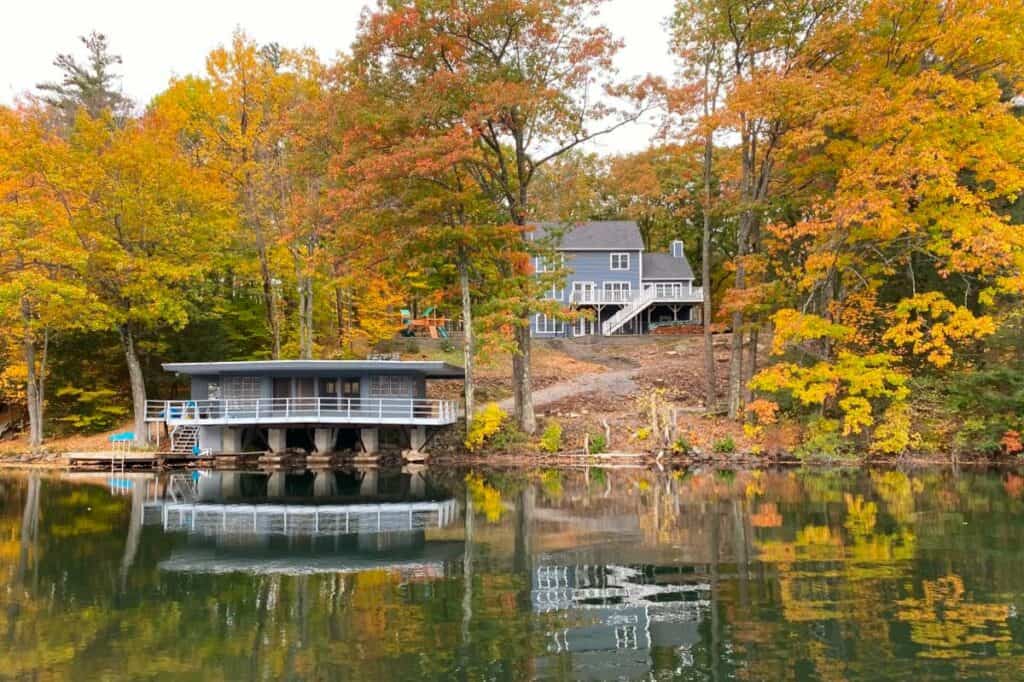
A shot list is a comprehensive list of all camera shots to take during principal photography. It is usually a collaborative process between the director and the director of photography (DoP) as they brainstorm the best way to visually tell the story. The more detailed your shot list is, the easier it will be for you and your camera department to understand how to capture scenes that tell the story during production. Shot lists rely on describing all aspects of the camera language for each individual shot, such as shot size, angle, and movement.
Why a shot list is important
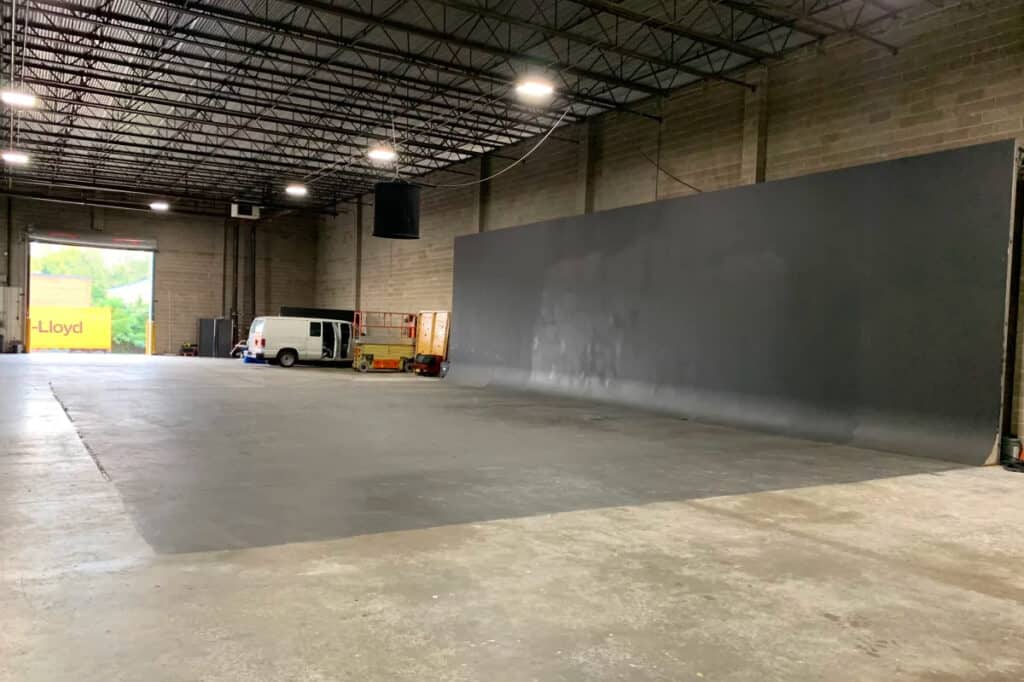
Most films are not shot in the order that they are written. This is because it saves a lot of time to analyze the shot list and figure out the easiest order to shoot it with the least amount of lighting and camera changes. For example, if you have two dolly shots in the same scene, shoot those two shots back to back to save time, rather than moving the camera away from the dolly for the next sequential shot to then put it right back where it was previously.
The shot list keeps all departments of a production organized and efficient, allowing everyone to understand where the camera will be in the space and where the lens will be pointing. This promotes productivity for the crew members on set because with a shot list they can anticipate what they need to accomplish for the next shot.
The 10 essential components of a shot list
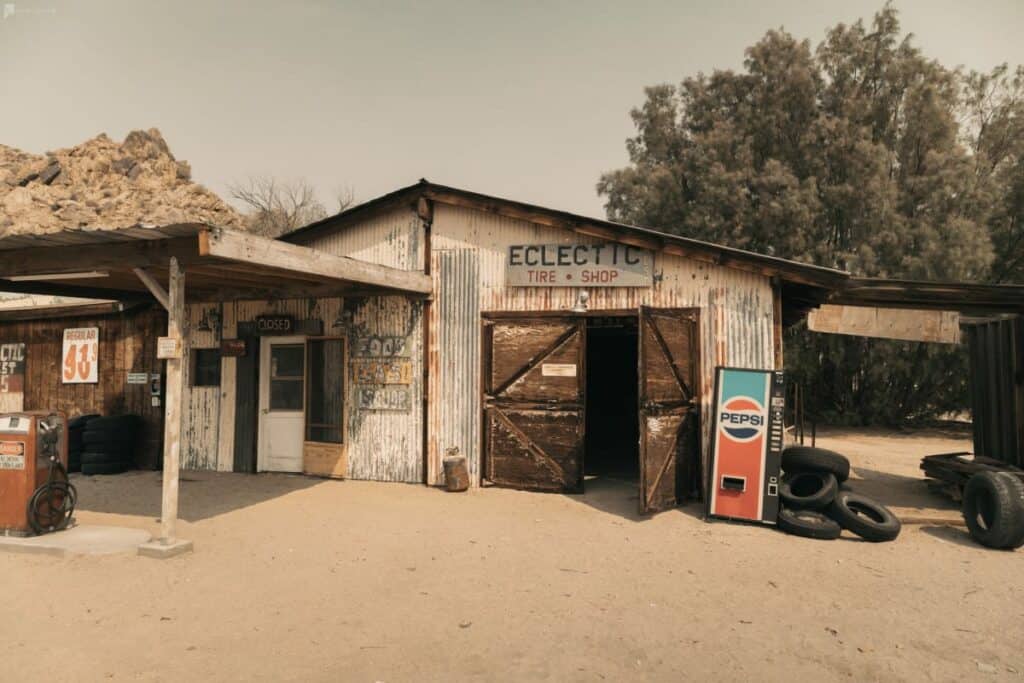
Now we know what shots lists are and what purpose they serve. However, we still need to get into the nitty-gritty about what to include on yours.
When creating shot lists, don’t forget these 10 vital features:
1. Shot number
When creating your shot list, label each location using numbers, starting with No. 1 at the beginning of each new scene. The shot number will be the reference number for that particular shot.
2. Size
Size refers to how much of the subject will be within the frame. This is written with shot abbreviations, such as CU (close up) and WS (wide shot).
3. Angle
Is the camera lower or higher than the eye level of the subject? This will affect how the subject appears in camera.
4. Movement
This simply means how the camera moves in the shot. If the shot is static and does not move, just write “static.”
5. Lens
What type of lens do you want to use for the shot? This is another must-have addition for your shot list.
6. Time of Day (TOD)
This tells us the time of day the shot takes place in the script, such as in the morning or at midnight.
7. Location
Where the scene is taking place, so be sure to include if it is an interior or exterior location.
8. Description of action
This will tell the actions and movements that are happening with the subjects in the frame.
9. Time
How long the lighting and camera set-up will take to get this shot ready. The idea is to ensure you set and meet the time expectations.
10. Audio
What kind of audio recording device will you use for this shot (i.e. lav, boom, etc.)?
The steps to creating shot lists
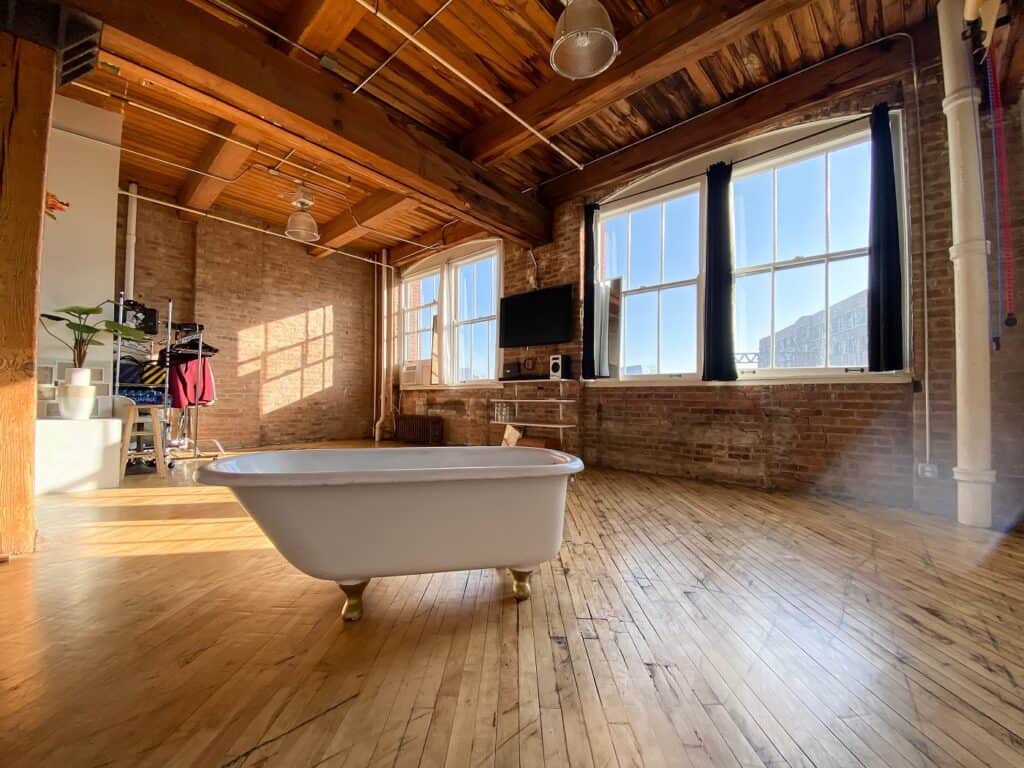
A shot list is an opportunity for the director and DoP to work together and think about how to visually tell the story in the script shot by shot. It is important to note that every shot that is included in your shot list must have a specific purpose for pushing the narrative of the film forward. The details of how the camera is positioned and moves for each shot will affect the narrative, as well as change how the audience sees your subject and the subject material in your film.
Once you understand the elements needed for your shot list you can begin organizing them in a spreadsheet. A spreadsheet is the easiest way of organizing your shot list efficiently, and it is the format most industry professionals use. Here is an example of a shot list in a spreadsheet below:

- Begin by choosing which scene in your script you would like to transform into a shot list. The 10 essential details of a shot list listed above will be the columns and each individual shot will be the rows.
- Fill in the first row with each of the 10 required shot details explaining what you are trying to visually achieve for each particular shot. Remember to note, every creative choice you make during this process will affect the narrative of your film.
- Continue this process for each new shot by creating a new row in the spreadsheet and give it a new shot number.
- Once you have filled the rows with all shots you need for that scene take time to go back and double-check you are covering everything you want the audience to see in that scene. Try to edit the shots in the shot list together in your head; if they cut together and make sense, then you have created a successful shot list.
- Feel free to personalize and color-code the spreadsheet once all the important information is filled in. Make sure to print out extra copies of your spreadsheet shot list to have on set for crew members to keep and reference.
Beyond shot lists
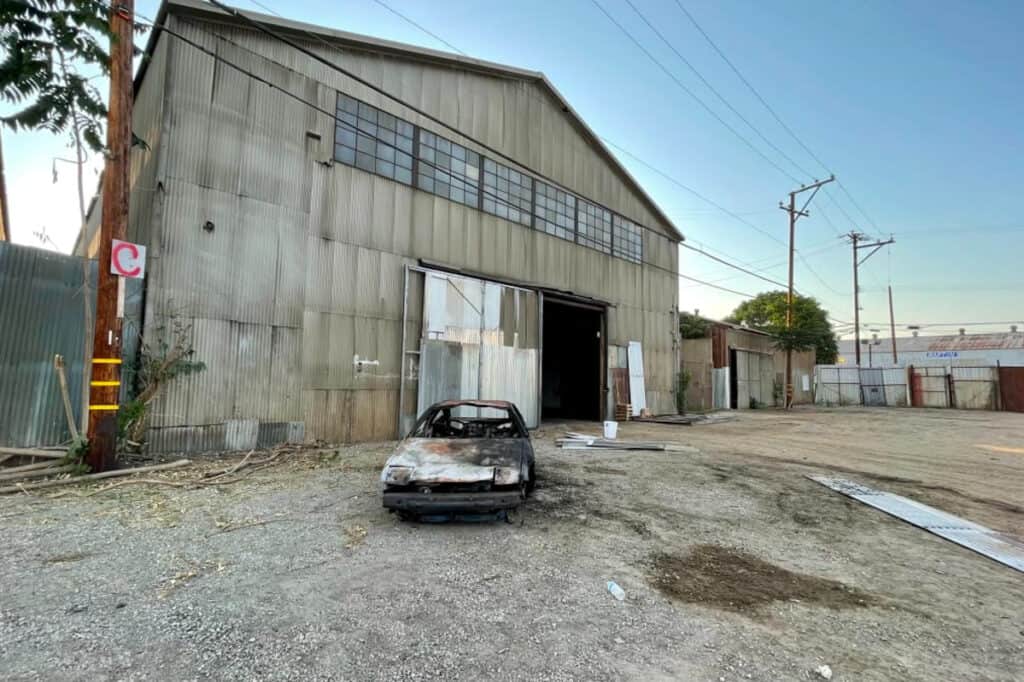
So you have completed your shot list, what’s next in the filmmaking process? The next step is to begin the storyboarding process. This, too, is a collaborative process between the director and the DoP as the purpose of a storyboard is further explain each shot in the shot list visually. A storyboard is a sequence of drawings that represent the shots planned in the shot list. Drawing out the compositions in a storyboard give the shot list a visual component to further understand what a filmmaker is trying to create.
These processes can be daunting and time-consuming, but remember, the more time and preparation you put into pre-production the more efficient your production will be!
Peerspace brings your production to life

Whether you’re using your shot list to create an indie film or the next blockbuster, Peerspace has your back. On our platform, you can book waterfront mansions, eclectic lofts, abandoned warehouses, coworking spaces with city views, and so, so much more!
Thanks to all the detailed descriptions our amazing hosts provide and the fact that you can contact them directly, making your shot lists while using Peerspace production locations has never been easier. For more information about the world of filmmaking, incredible, tips, trends, and hacks, check out Peerspace’s filmmaking resource blog.
Find unique production venues on Peerspace
Get together somewhere better
Book thousands of unique spaces directly from local hosts.
Explore SpacesShare your space and start earning
Join thousands of hosts renting their space for meetings, events, and photo shoots.
List Your Space

